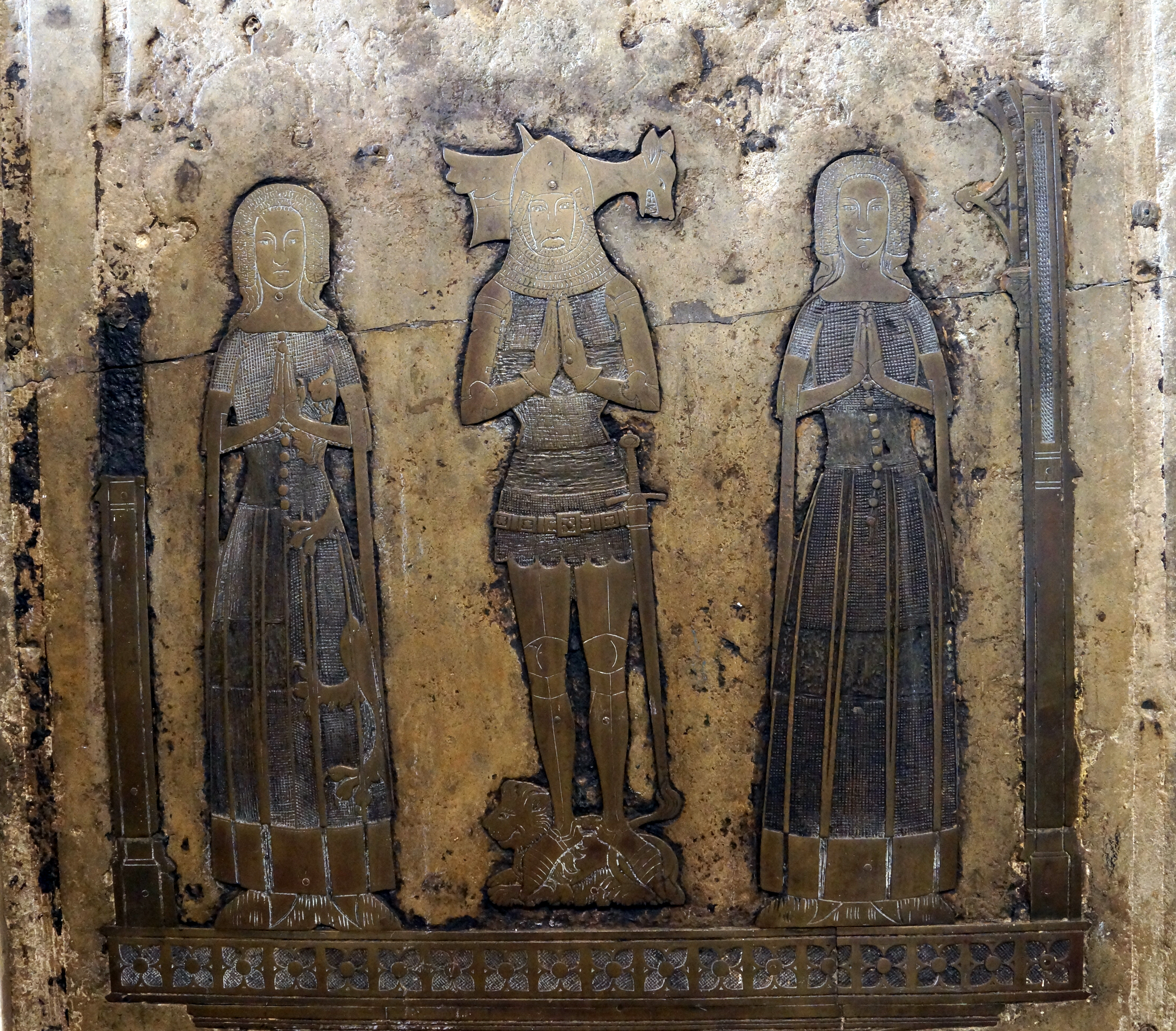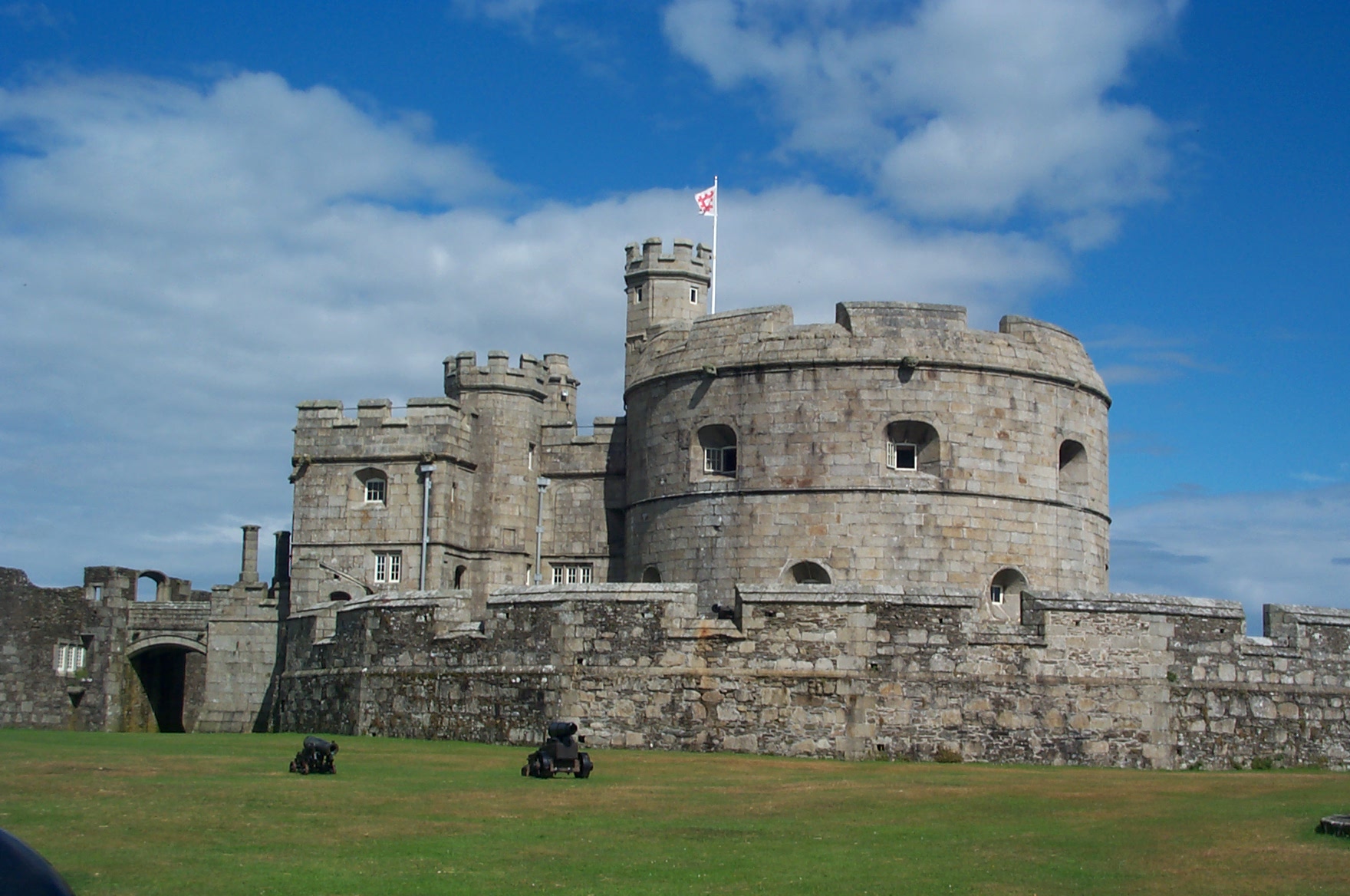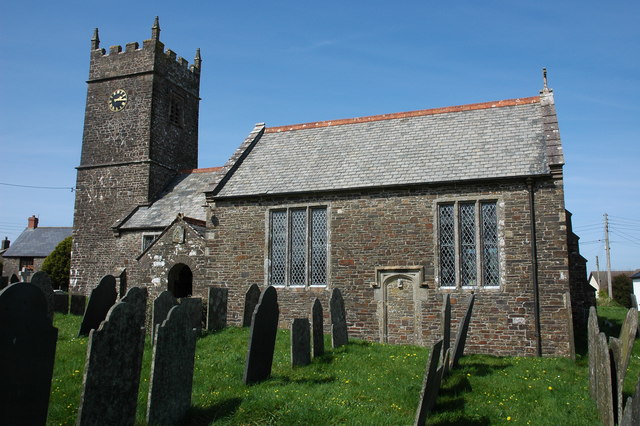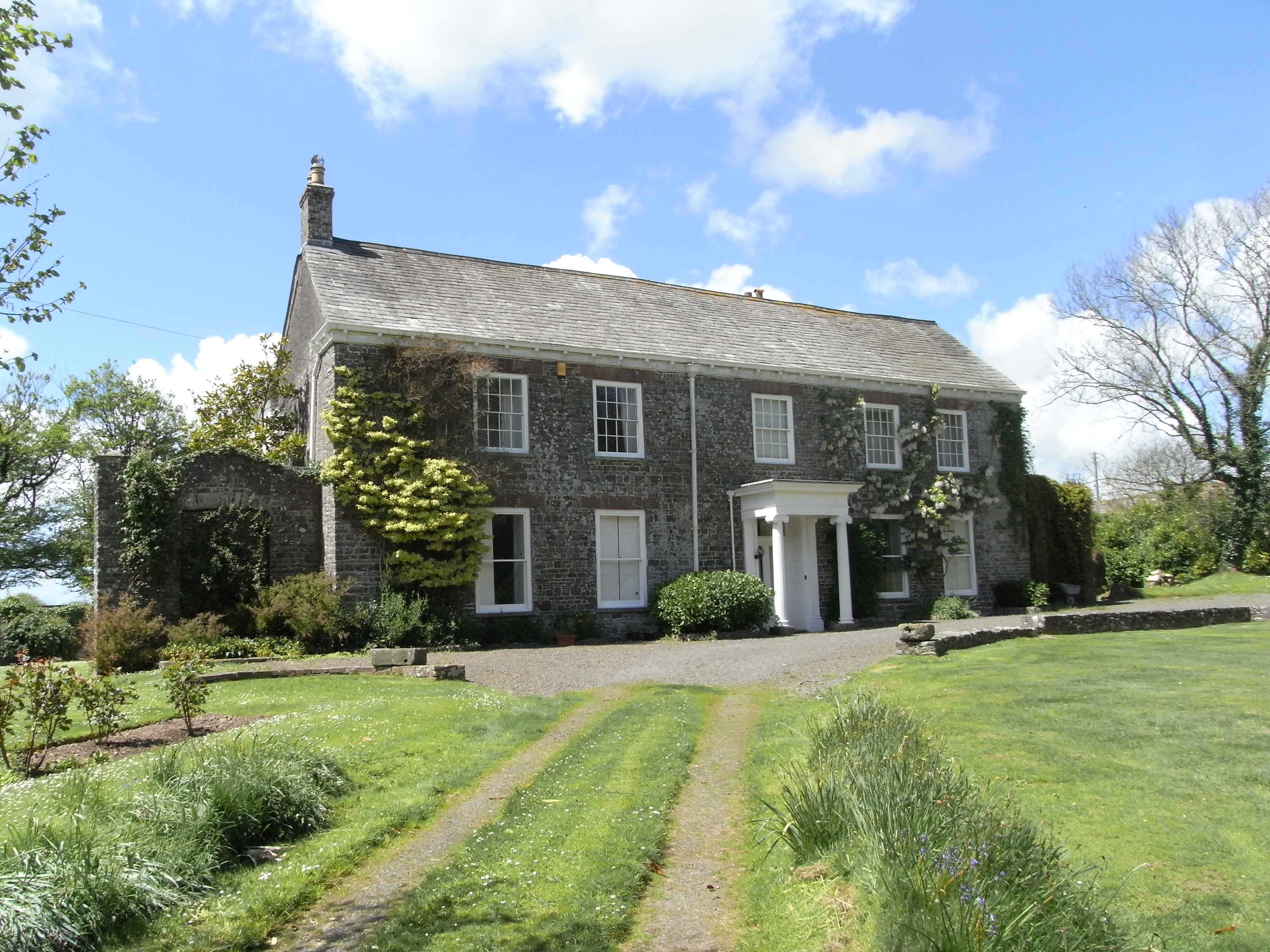|
John Arundell (admiral)
Sir John Arundell (1495–1561), of Trerice, Cornwall, nicknamed "Tilbury Jack" (or ''Jack of Tilbury''), was a commander of the Royal Navy during the reigns of Kings Henry VIII and Edward VI and served twice as Sheriff of Cornwall. Origins Sir John Arundell was the eldest son and heir of Sir John Arundell (1470–1512) of Trerice by his wife Jane Grenville (1474–1551), a daughter of Sir Thomas Grenville (died 1513) KB, lord of the manors of Bideford in Devon and of Stowe in the parish of Kilkhampton in Cornwall, Sheriff of Cornwall in 1481 and in 1486, and an Esquire of the Body to King Henry VII. Career Arundell was an Esquire of the Body to King Henry VIII, and was knighted at the Battle of the Spurs in 1513. In 1523 he achieved notability by the capture of a notorious pirate. Under King Edward VI he was Vice-Admiral of the West and served twice as Sheriff of Cornwall, in 1542 and in 1553 at the time of the accession of Queen Mary. Marriages and children Arundell mar ... [...More Info...] [...Related Items...] OR: [Wikipedia] [Google] [Baidu] |
Mary I Of England
Mary I (18 February 1516 – 17 November 1558), also known as Mary Tudor, and as "Bloody Mary" by her Protestant opponents, was Queen of England and Ireland from July 1553 and Queen of Spain from January 1556 until her death in 1558. She is best known for her vigorous attempt to reverse the English Reformation, which had begun during the reign of her father, Henry VIII. Her attempt to restore to the Church the property confiscated in the previous two reigns was largely thwarted by Parliament, but during her five-year reign, Mary had over 280 religious dissenters burned at the stake in the Marian persecutions. Mary was the only child of Henry VIII by his first wife, Catherine of Aragon, to survive to adulthood. Her younger half-brother, Edward VI, succeeded their father in 1547 at the age of nine. When Edward became terminally ill in 1553, he attempted to remove Mary from the line of succession because he supposed, correctly, that she would reverse the Protestant refor ... [...More Info...] [...Related Items...] OR: [Wikipedia] [Google] [Baidu] |
Monumental Brass
A monumental brass is a type of engraved sepulchral memorial, which in the 13th century began to partially take the place of three-dimensional monuments and effigies carved in stone or wood. Made of hard latten or sheet brass, let into the pavement, and thus forming no obstruction in the space required for the services of the church, they speedily came into general use, and continued to be a favourite style of sepulchral memorial for three centuries. In Europe Besides their great value as historical monuments, monumental brasses are interesting as authentic contemporary evidence of the varieties of armour and costume, or the peculiarities of palaeography and heraldic designs, and they are often the only authoritative records of the intricate details of family history. Although the intrinsic value of the metal has unfortunately contributed to the wholesale spoliation of these interesting monuments, they are still found in remarkable profusion in England, and they were at one time ... [...More Info...] [...Related Items...] OR: [Wikipedia] [Google] [Baidu] |
Legitimacy (family Law)
Legitimacy, in traditional Western common law, is the status of a child born to parents who are legally married to each other, and of a child conceived before the parents obtain a legal divorce. Conversely, ''illegitimacy'', also known as ''bastardy'', has been the status of a child born outside marriage, such a child being known as a bastard, a love child, a natural child, or illegitimate. In Scots law, the terms natural son and natural daughter bear the same implications. The importance of legitimacy has decreased substantially in Western countries since the sexual revolution of the 1960s and 1970s and the declining influence of conservative Christian churches in family and social life. Births outside marriage now represent a large majority in many countries of Western Europe and the Americas, as well as in many former European colonies. In many Western-influenced cultures, stigma based on parents' marital status, and use of the word ''bastard'', are now widely consider ... [...More Info...] [...Related Items...] OR: [Wikipedia] [Google] [Baidu] |
Richard Arundell, 1st Baron Arundell Of Trerice
Richard Arundell, 1st Baron Arundell of Trerice (1616 – 7 September 1687) of Trerice in Cornwall, was an English politician who sat in the House of Commons at various times between 1640 and 1664 when he was raised to the peerage. He fought in the Royalist army during the First English Civil War. Personal details Richard Arundell was born around 1616 in Trerice, Cornwall, second son of Sir John Arundell and his wife, Mary Cary, daughter of George Cary of Clovelley. He was one of six children, the others being John (1613-1644), William (died 1643), Francis, Agnes and Mary (1625-1701). The Arundells of Trerice were a junior branch of a Catholic family spread throughout Cornwall, the wealthiest and most significant being the Arundells of St Mawgan. His youngest sister Mary married John Trevanion, who was killed at the Storming of Bristol in 1643; she remarried in 1674, this time to his cousin John Arundell of Lanherne. Arundell married Gertrude Bagge, daughter of Sir James ... [...More Info...] [...Related Items...] OR: [Wikipedia] [Google] [Baidu] |
English Civil War
The English Civil War (1642–1651) was a series of civil wars and political machinations between Parliamentarians (" Roundheads") and Royalists led by Charles I ("Cavaliers"), mainly over the manner of England's governance and issues of religious freedom. It was part of the wider Wars of the Three Kingdoms. The first (1642–1646) and second (1648–1649) wars pitted the supporters of King Charles I against the supporters of the Long Parliament, while the third (1649–1651) saw fighting between supporters of King Charles II and supporters of the Rump Parliament. The wars also involved the Scottish Covenanters and Irish Confederates. The war ended with Parliamentarian victory at the Battle of Worcester on 3 September 1651. Unlike other civil wars in England, which were mainly fought over who should rule, these conflicts were also concerned with how the three Kingdoms of England, Scotland and Ireland should be governed. The outcome was threefold: the trial of and ... [...More Info...] [...Related Items...] OR: [Wikipedia] [Google] [Baidu] |
Cavaliers
The term Cavalier () was first used by Roundheads as a term of abuse for the wealthier royalist supporters of King Charles I and his son Charles II of England during the English Civil War, the Interregnum, and the Restoration (1642 – ). It was later adopted by the Royalists themselves. Although it referred originally to political and social attitudes and behaviour, of which clothing was a very small part, it has subsequently become strongly identified with the fashionable clothing of the court at the time. Prince Rupert, commander of much of Charles I's cavalry, is often considered to be an archetypal Cavalier. Etymology Cavalier derives from the same Latin root as the Italian word and the French word (as well as the Spanish word ), the Vulgar Latin word '' caballarius'', meaning 'horseman'. Shakespeare William Shakespeare ( 26 April 1564 – 23 April 1616) was an English playwright, poet and actor. He is widely regarded as the greatest writer in the English langu ... [...More Info...] [...Related Items...] OR: [Wikipedia] [Google] [Baidu] |
John Arundell (born 1576)
John Arundell (1576 – December 1654), Esquire, of Trerice in Cornwall, later given the epithet "Jack for the King", was a member of an ancient Cornish gentry family, who as a Royalist during the Civil War served King Charles I as Governor of Pendennis Castle, Falmouth. In 1646 he retained the castle in a heroic manner during a five-month-long siege by Fairfax, during which his forces were reduced by hunger to eating their horses, and finally achieved an honourable surrender He served twice as MP for the prestigious county seat of Cornwall (1601 and 1621), and for his family's pocket boroughsDuffin & Hunneyball of Tregony (1628) and Mitchell (1597) and also for St Mawes (1624). His family "of Trerice" should not be confused with the contemporary ancient and even more prominent Cornish family of Arundell "of Lanherne", six miles north of Trerice, "The Great Arundells", with which no certain shared origin has been found, but which shared the same armorials, the Arundell swall ... [...More Info...] [...Related Items...] OR: [Wikipedia] [Google] [Baidu] |
John Arundell (of Trerice, Died 1580)
John Arundell (died 15 September 1580), of Trerice in Cornwall, was a Member of Parliament for Mitchell, Cornwall, in 1555 and 1558, and was High Sheriff of Cornwall in 1573–1574. Origins He was the second son and heir of Sir John Arundell (1495–1561), of Trerice, nicknamed "Tilbury Jack" (or "Jack of Tilbury"), a commander of the Royal Navy during the reigns of Kings Henry VIII and Edward VI and twice Sheriff of Cornwall, by his second wife Juliana Erisey (or Erissey), daughter of James Erisey (or Erissey) of Erisey and widow of a certain Gourlyn.Vivian, 1887, p. 12 Career He was a retiring figure for much of his life and less celebrated than either his father, "Jack of Tilbury", or his son, Sir John Arundell (born 1576), John Arundell, nicknamed "Jack for the King". He was twice a Member of Parliament for the pocket borough of Mitchell, Cornwall, in 1555 and 1558, and was High Sheriff of Cornwall Sheriffs and high sheriffs of Cornwall: a chronological list: The right ... [...More Info...] [...Related Items...] OR: [Wikipedia] [Google] [Baidu] |
John Lambrick Vivian
Lieutenant-Colonel John Lambrick Vivian (1830–1896), Inspector of Militia and Her Majesty's Superintendent of Police and Police Magistrate for St Kitts, West Indies, was an English genealogist and historian. He edited editions of the Heraldic Visitations of Devon and of Cornwall,Vivian, p. 763, pedigree of Vivian of Rosehill standard reference works for historians of these two counties. Both contain an extensive pedigree of the Vivian family of Devon and Cornwall, produced largely by his own researches. Origins He was the only son of John Vivian (1791–1872) of Rosehill, Camborne, Cornwall, by his wife Mary Lambrick (1794–1872), eldest daughter of John Lambrick (1762–1798) of Erisey, Ruan Major, and co-heiress of her infant brother John Lambrick (1798–1799). His maternal grandmother was Mary Hammill, eldest daughter of Peter Hammill (d. 1799) of Trelissick in Sithney, Cornwall, the ancestry of which family he traced back to the holders of the 13th century French title Comt ... [...More Info...] [...Related Items...] OR: [Wikipedia] [Google] [Baidu] |
Sutcombe
Sutcombe is a village and civil parish in the local government district of Torridge, Devon, England. The parish, which lies about 5.5 miles north of the town of Holsworthy, is surrounded clockwise from the north by the parishes of West Putford, Abbots Bickington, Milton Damerel, Holsworthy Hamlets and Bradworthy. In 2001 its population was 299, compared to 351 in 1901. Church of St Andrew The parish church in the village is dedicated to Saint Andrew. Although it has a 12th-century south doorway it mostly dates from the late 15th and early 16th centuries, having some ornate 16th-century bench ends and late medieval floor-tiles from Barnstaple. It was restored by Bodley & Garner in 1876. War Memorial A Latin cross memorial on a four stepped plinth commemorating the residents of Sutcombe who were killed or missing in The Great War 1914- 1918 and World War 1939-1945. Plinth 4 Inscription "IN MEMORY OF THE MEN CONNECTED WITH THIS PARISH WHO GAVE THEIR LIVES IN THE GREAT WAR ... [...More Info...] [...Related Items...] OR: [Wikipedia] [Google] [Baidu] |
Thuborough, Sutcombe
Thuborough (alias ''Therborough, Theoburgh'', etc.) in the parish of Sutcombe, Devon, England, is an historic estate, formerly a seat of a branch of the Prideaux family, also seated at Orcharton, Modbury; Adeston, Holbeton; Soldon, Holsworthy; Netherton, Farway; Ashburton; Nutwell, Woodbury; Ford Abbey, Thorncombe, all in Devon and at Prideaux Place, Padstow and Prideaux Castle, Luxulyan, in Cornwall. The present mansion house, comprising "Thuborough House" and "Thuborough Barton", the north-east block, is a grade II listed building. Descent Brictwold The Anglo-Saxon holder of the estate of ''Teweberie'' (in the hundred of Black Torrington) immediately prior to the Norman Conquest of 1066 was ''Bristvold'', as recorded in the Domesday Book of 1086, the standardised spelling of which name is ''Brictwold''. A man named Brictwold, spelled variously as ''Bristvold, Brictvold, Bristvoldus, Bristoald, Brictwold'', etc., held 11 other estates in Devon as listed in the Domesday B ... [...More Info...] [...Related Items...] OR: [Wikipedia] [Google] [Baidu] |







